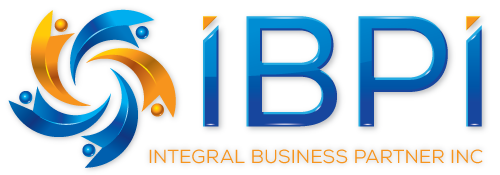A key attribute of teal organizations is distributed decision-making, a system where all team members contribute to the decision-making process, rather than it being dictated by a top-down hierarchy. However, navigating this process in a teal staffing company can be a complex endeavor. The following strategies can help guide the journey.
Firstly, it’s vital to set up a clear framework for decision-making. Since everyone in the organization has a say, structure is necessary to prevent chaos. Decision-making frameworks like the ‘Advice Process’, where the person making the decision seeks advice from all affected parties and those with expertise in the area, can be helpful. These structured methods ensure inclusivity and transparency.
Next, a culture of trust is paramount. Distributed decision-making thrives when team members trust each other’s competence and believe in their shared commitment to the organization’s purpose. Building this trust can be facilitated by open communication, recognition of each other’s contributions, and shared experiences that reinforce team cohesion.
Emphasis should also be placed on developing strong communication skills within the team. Effective distributed decision-making relies on the ability of team members to articulate their perspectives clearly and listen actively to others. Thus, investing in communication training can significantly enhance the decision-making process.
Additionally, tolerance for risk and failure is a must. In a distributed decision-making system, not every decision will result in success, and that’s okay. Organizations should cultivate an environment where failures are seen as opportunities for learning and growth rather than reasons for punishment.
Implementing feedback loops is another critical strategy. Regular feedback sessions allow teams to reflect on their decision-making process, identify areas of improvement, and make necessary adjustments. This ensures the decision-making process remains dynamic and responsive to the needs of the organization.
Lastly, patience and persistence are essential. Transitioning to a distributed decision-making model can be a substantial shift for those accustomed to hierarchical structures. It requires time for adaptation and learning. Persistence, in this case, pays off as teams grow more comfortable and proficient in this democratic decision-making process.
In conclusion, navigating distributed decision-making in a teal staffing company involves a clear decision-making framework, a culture of trust, strong communication skills, tolerance for risk, effective feedback mechanisms, and a great deal of patience. While it may seem challenging at first, the potential rewards — increased team engagement, innovative solutions, and a highly adaptable organization — make this journey worthwhile.

